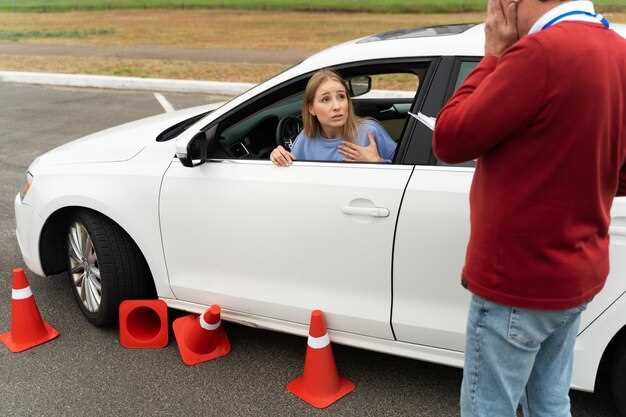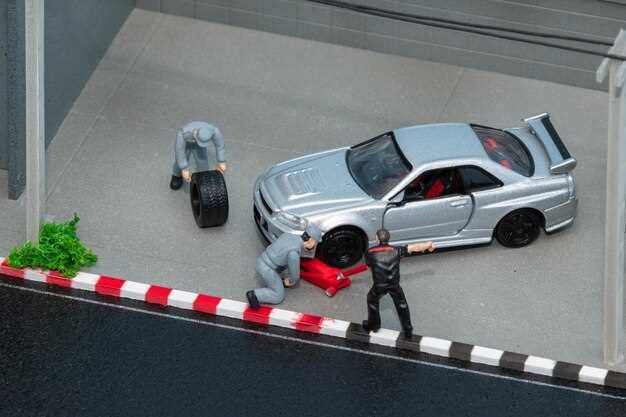
Transporting a race car requires meticulous attention to detail to ensure its safety and that of the involved parties. Whether you’re moving your vehicle to a competition, exhibition, or simply for maintenance, following best practices is vital. Understanding how to properly secure and handle a race car during transport can prevent damage and promote peace of mind.
One of the key aspects of safe race car transport is choosing the right trailer. Enclosed trailers offer maximum protection from external elements, while open trailers can be more cost-effective but may expose the vehicle to potential hazards. Regardless of the type, ensuring that the trailer is adequately equipped with proper tie-downs, ramps, and safety markers is essential for a smooth and secure transport process.
Additionally, preparing your race car before loading it onto a trailer is equally important. This includes checking the vehicle’s fluid levels, tires, and battery to ensure it is in optimal condition for the journey ahead. By taking these precautions, you can minimize risks associated with transporting high-performance vehicles and ensure that they arrive at their destination in pristine condition.
Choosing the Right Car Hauler for Your Race Needs

Selecting an appropriate car hauler is crucial for ensuring safe and efficient transport of your race vehicle. Various factors should be considered to match your racing requirements, vehicle specifications, and budget.
1. Type of Hauler: There are generally two types of car haulers: open and enclosed. Open haulers are typically more affordable and easier to locate, making them a popular choice for many racers. However, they expose the car to the elements and potential road debris. Enclosed haulers, on the other hand, provide better protection for your vehicle from weather conditions and damage, making them ideal for high-value or delicate race cars.
2. Size and Capacity: Choose a hauler that can comfortably accommodate your race car and any additional gear you may need. Check the maximum weight limit and dimensions to ensure safe transport. Remember to account for added equipment such as spare tires, tools, and fuel, which can increase the overall load.
3. Build Quality: The construction material and overall quality of the hauler can significantly affect its durability and performance. Look for a well-built frame, quality axles, and robust tires that can withstand long journeys. A well-constructed hauler will provide a secure transport experience and minimize the risk of breakdowns.
4. Loading Mechanism: Consider how your race car will be loaded and unloaded. A hauler with a low deck height or a reliable ramp system can streamline the loading process, making it more efficient and safer for both the car and the person transporting it.
5. Features and Accessories: Some haulers come equipped with features that enhance convenience and safety. Look for built-in tie-down points, adjustable wheel chocks, and appropriate lighting. These features can help secure the vehicle during transport and provide peace of mind during your journey.
6. Budget: Finally, determine your budget for a car hauler. Prices can vary widely depending on size, type, and features. Invest in a hauler that meets your needs without compromising quality. Remember, a good investment in a reliable transport solution can prevent costly repairs, reduce stress, and enhance the overall racing experience.
By taking the time to assess these factors, you can select the most suitable car hauler for your racing needs, ensuring safe transport and the protection of your valuable vehicle.
Securing Your Vehicle for Safe Transport
When preparing your race car for transport, ensuring it is securely fixed to the hauler is critical. Properly securing your vehicle minimizes the risk of damage and enhances safety during transit. Start by parking your race car on a flat, stable surface before loading it onto the hauler. This helps maintain balance and prevents sliding.
Use high-quality tie-down straps that are rated for heavy-duty use. These straps should be positioned at multiple points, usually around the frame or designated tie-down areas of the race car. Cross the straps in a crisscross pattern to distribute tension evenly, ensuring that the car remains stable during transport.
Next, check that the hauler itself is in good condition. Inspect the cargo ramps and loading areas for any damage or debris that could impede the loading process. Additionally, determine that the hauler has secure anchor points for the straps, which should be strong enough to withstand the forces of acceleration and braking.
Before hitting the road, conduct a final inspection. Make sure the wheels are chocked to prevent any movement, and double-check that all straps are tightened properly. This attention to detail is fundamental in preventing accidents and ensuring that your race car arrives safely at its destination.
During transport, it is advisable to periodically stop and check the integrity of your ties, especially on long trips. This vigilance can prevent unexpected issues that may arise from shifting loads or wear on the securing equipment.
Monitoring and Maintenance Tips During Transportation

Ensuring the safe transportation of your race car requires vigilant monitoring and proper maintenance throughout the journey. Here are essential tips to consider:
- Pre-Transport Inspection: Before loading your car onto the hauler, conduct a thorough inspection. Check tire pressure, fluid levels, and battery condition to prevent issues during transport.
- Secure All Components: Ensure that all loose parts and accessories are secure. This includes checking that the fuel cap is tightly closed and that the hood and trunk are latched.
- Monitor During Transit: If possible, keep an eye on your car during transportation. Many modern haulers are equipped with tracking systems that allow you to monitor the location and status of your car in real time.
After the car is loaded, take note of the following maintenance practices:
- Regular Communication with the Hauler: Stay in touch with the transport driver to receive updates on any road conditions or delays that may impact the car’s condition.
- Check Ancillary Systems: Pay attention to the hauler’s information on the environmental conditions inside the transport vehicle. Ensure that temperatures remain stable, especially if your car has sensitive electronic components.
- Post-Transport Inspection: Upon arrival, inspect your race car once again. Look for any signs of damage, fluid leaks, or issues that may have developed during transportation.
By following these monitoring and maintenance tips, you can ensure that your race car remains in optimal condition during its journey from one location to another.



